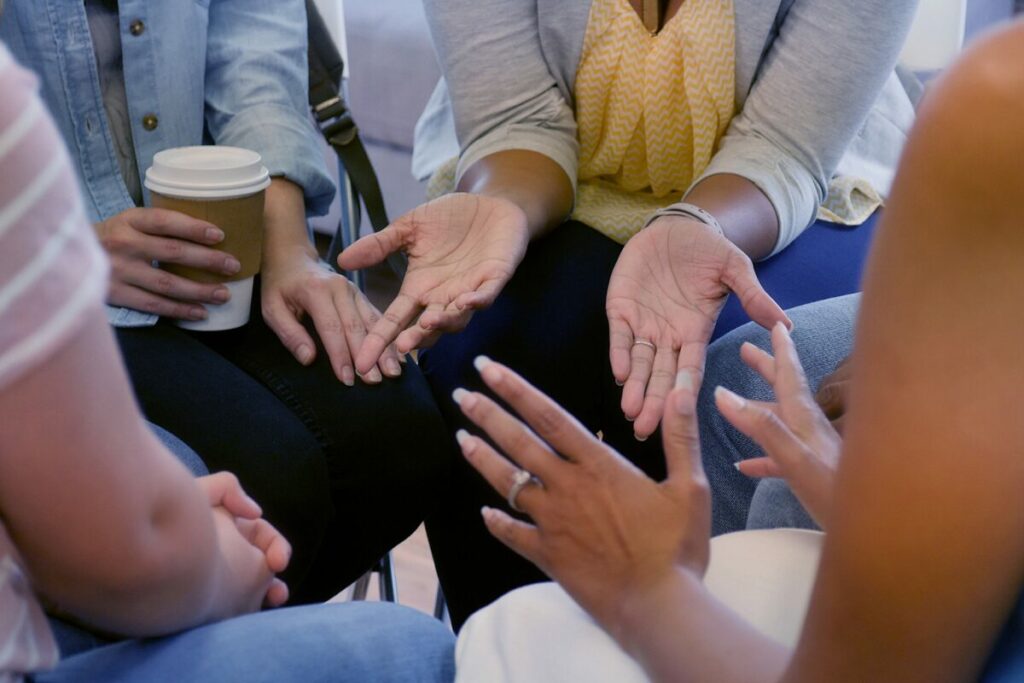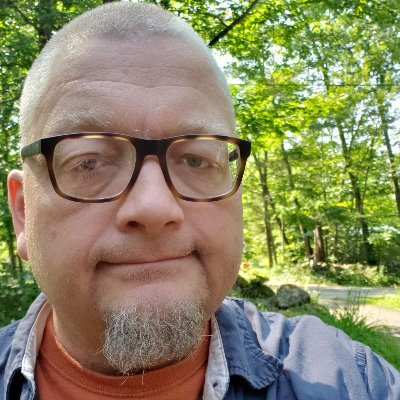“I have preached far and wide that we need a new story for assessment — one that can’t be encapsulated in single numbers and class ranks. Assessment is a story.”
Gary Chapin, Co-author of 126 Falsehoods We Believe About Education
Bobbi Macdonald’s Telling a New Story discussed our need to move away from technical solutions — platforms, programs, and other tech — and to move towards a new story for learning. Bobbi’s recognition of the power of story resonated deeply with me. For a long time, I (and a ton of folks I respect) have felt that the key to improving learning is to embrace the values of ecosystems and story at every level.
I’ve realized lately that we are undervaluing the possibilities opening up in front of us. We focus on what the content of the new story should be and how it should be reimagined, but there are qualities to storytelling that we’re breezing past. If we attend to these qualities of story, they could become sources of energy and inspiration for us. I came to this realization while talking to some friends in Hawai’i about the very Hawaiian culture of “talking story.”
I learned that talking story is not small talk; it’s not yammering. It is not laying out a series of related events chronologically. It is not exposition or argument. It is not reporting on progress, comparing outcomes to expectations. It is not something only experts do. It is both wonderfully mundane — an everyday thing that is done by everyone, everywhere — and transcendent, of vital importance. Talking story is an act of creation. By saying what I did or what happened to me, we are saying what I am. Our stories tell us.
When I attended the N? Hopena A‘o (H?) conference in 2019 in Waimea, Hawai’i, the first person I met was a 3rd-grade teacher at the registration table. She welcomed me warmly, asked where I was coming from, and then pushed me into the main pavilion.
“Go talk story,” she said.
She would not be the last person that day to tell me this.
“The story of a kid’s learning will be made up of the network of stories of their learning experiences and influences. The story of a school’s progress will be made up of the network of stories of everyone in that school.”
Gary Chapin, Co-author of 126 Falsehoods We Believe About Education
N? Hopena A‘o (H?) is a statewide framework to develop skills, behaviors, and dispositions that emerge from Hawai?i’s context. H? means “breath” and the purpose of H? is to strengthen in kids the senses of Belonging, Responsibility, Excellence, Aloha, Total Well-Being, and Hawai’i. I invite you to delve into this framework to explore these qualities and how they are envisioned in depth. At H? gatherings, they embody these qualities. And, people talk story.
Experiencing this event, I could see how much of talking story is missing from our current education system’s way of operating. It brought me to truly consider not only what the new story might be but also to wonder: What does it mean to have a story? How might we tell it, and for what reason? And, if we tell a story, what are our hopes?
How does a story convey meaning?
My specific area of fascination is assessment. I have preached far and wide that we need a new story for assessment — one that can’t be encapsulated in single numbers and class ranks.
“Assessment is a story,” I say frequently, and it is. But there are some important points about story that we should remember if we want to be transformed, rather than having it become a prettier new skin that fits over the skeleton of the old system.
- Stories are told. This sounds obvious, but a lot of conversations revolve around the idea of a story “emerging.” Stories don’t emerge, they are told. In assessment, we say the body of the evidence will provide the raw material for the story. But, the story still needs to be told. If it isn’t told, it doesn’t exist.
- Stories are told by persons and to persons. Stories are deeply personal, perhaps even intimate. The context of the storyteller and the story-listener are key to a story’s power. The status quo assessment systems try to remove that context or provide a toxic context, telling stories that are shallow and diminishing. In the current school system, the student is the object of the story, but not the subject. They sit in a cafeteria at 10am on a Saturday, filling in multiple-guess bubbles that “tell” the story. The story-listener is a scantron in some bunker in Princeton. These aren’t good stories, and they can’t possibly be.
- There are different kinds of story. Ask yourself: What kind of story is the story of your learning? A romance? An epic? A mystery? A tragi-comedy? A myth? A tall tale? A bildungsroman? Rags to riches? Fall from grace? Parable? Farce? I know it sounds facetious, but these are the types of tales that humans have loved and learned from for millennia. They are not “merely fiction.” They are how we structure our truth.
- Stories are told with words. Again, it sounds obvious, but we resort so often to jargon and bureaucratic rhythms. Our choice of words in stories can add to the learning, the assessment, or the total well-being. Not just our choice of words, but our choice of metaphors. At the H? conference, one teacher was talking about how, early in her career, she felt genuinely lost. She didn’t say, “I felt lost.” She said, “I didn’t know what ring of the tree I was on. I didn’t know where my core was.” Stories are so much more than their facts.
- Every story is made up of many stories. Chimamanda Adichie’s TED Talk, The Danger of a Single Story, is nearly 13 years old. It is simultaneously revered and ignored. We applaud the wisdom of “many stories” and still do everything we can to reduce learning — for each kid, each school, each state — to a single story (or worse, a single number). Friend and colleague Mark McElhaw introduced me to the idea that the linearity assumed of a single story is problematic, and that rather, we should be considering networks of stories.
The story of a kid’s learning will be made up of the network of stories of their learning experiences and influences. The story of a school’s progress will be made up of the network of stories of everyone in that school. The body of evidence isn’t a body of facts, neutrally observed — but a body of stories, curated with purpose.
The idea that a story comprises many stories in relation, and that, simultaneously, a story is a single unit told by a person in a moment in time may feel paradoxical. But, it’s a common phenomenon of nature that many become one while still remaining many. Thousands of birds flying together with only two rules in their head — don’t get too close to the other birds and don’t get too far from the other birds — becomes a single thing: a murmuration.
These levels of meaning and being exist whether we acknowledge them or not. A story emerges from a network of stories and joins with other stories in that network to create yet another story at a higher level. Whether we become skilled at weaving these together in an intentional way or not, at the very least, this should keep us epistemologically humble.
Thanks to Kau’i Sang for the conversation that led to this thinking.

